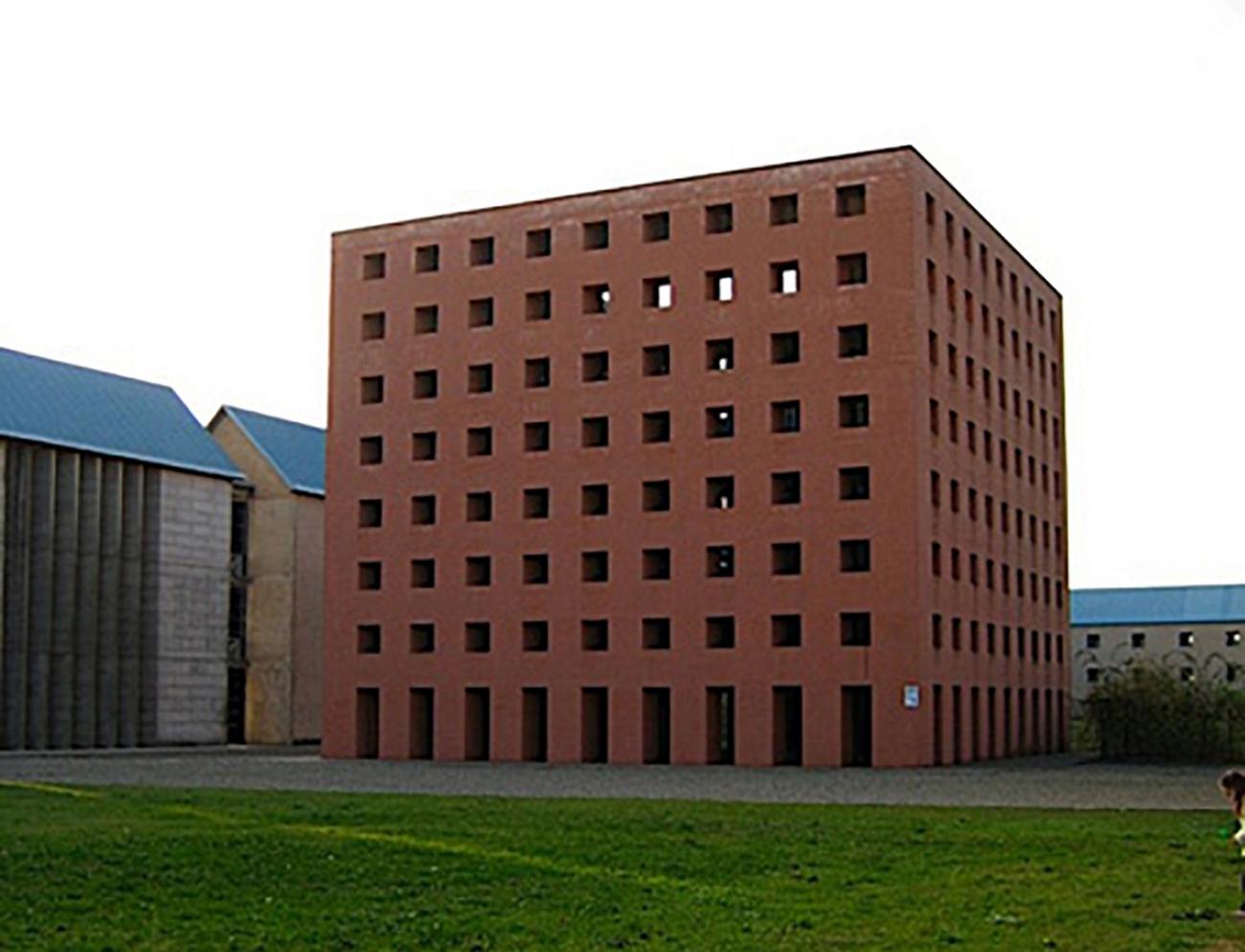Aldo Rossi (1931-1997) has achieved distinction as a theorist, author, artist, teacher and architect, in his native Italy as well as internationally. Noted critic and historian, Vincent Scully, has compared him to Le Corbusier as a painter-architect. Ada Louise Huxtable, architectural critic and Pritzker juror has described Rossi as "a poet who happens to be an architect."
Rossi was born in Milan, Italy where his father was engaged in the manufacture of bicycles, bearing the family name, a business he says was founded by his grandfather. While growing up during the years of World War II, Rossi’s early education took place at Lake Como, and later in Lecco. Shortly after the war ended, he entered the Milan Polytechnic University, receiving his architecture degree in 1959. Rossi served as editor of the Architectural magazine Casabella from 1955 to 1964.
Although early film aspirations were gradually transposed to architecture, he still retains strong interest in drama. In fact, he says, "In all of my architecture, I have always been fascinated by the theatre." For the Venice Biennale in 1979, he designed the Teatro del Mondo, a floating theatre, built under a joint commission from the theatre and architecture commissions of the Biennale. It seated 250 around a central stage. It was towed by sea to the Punta della Dogana where it remained through the Biennale. Rossi described the project in its site, as "a place where architecture ended and the world of the imagination began." More recently, he completed a major building for Genoa, the Carlo Felice Theatre which is the National Opera House. In Canada, the first Rossi project in the Western Hemisphere was completed in 1987 when the Toronto Lighthouse Theatre was built on the banks of Lake Ontario.
In his book, A Scientific Autobiography, he describes an auto accident that occurred in 1971 as being a turning point in his life, ending his youth, and inspiring a project for the cemetery at Modena. It was while he was recuperating in a hospital that he began thinking of cities as great encampments of the living, and cemeteries as cities of the dead. Rossi's design for the cemetery at San Cataldo won first prize in a competition in 1971, and is being built in stages.


























